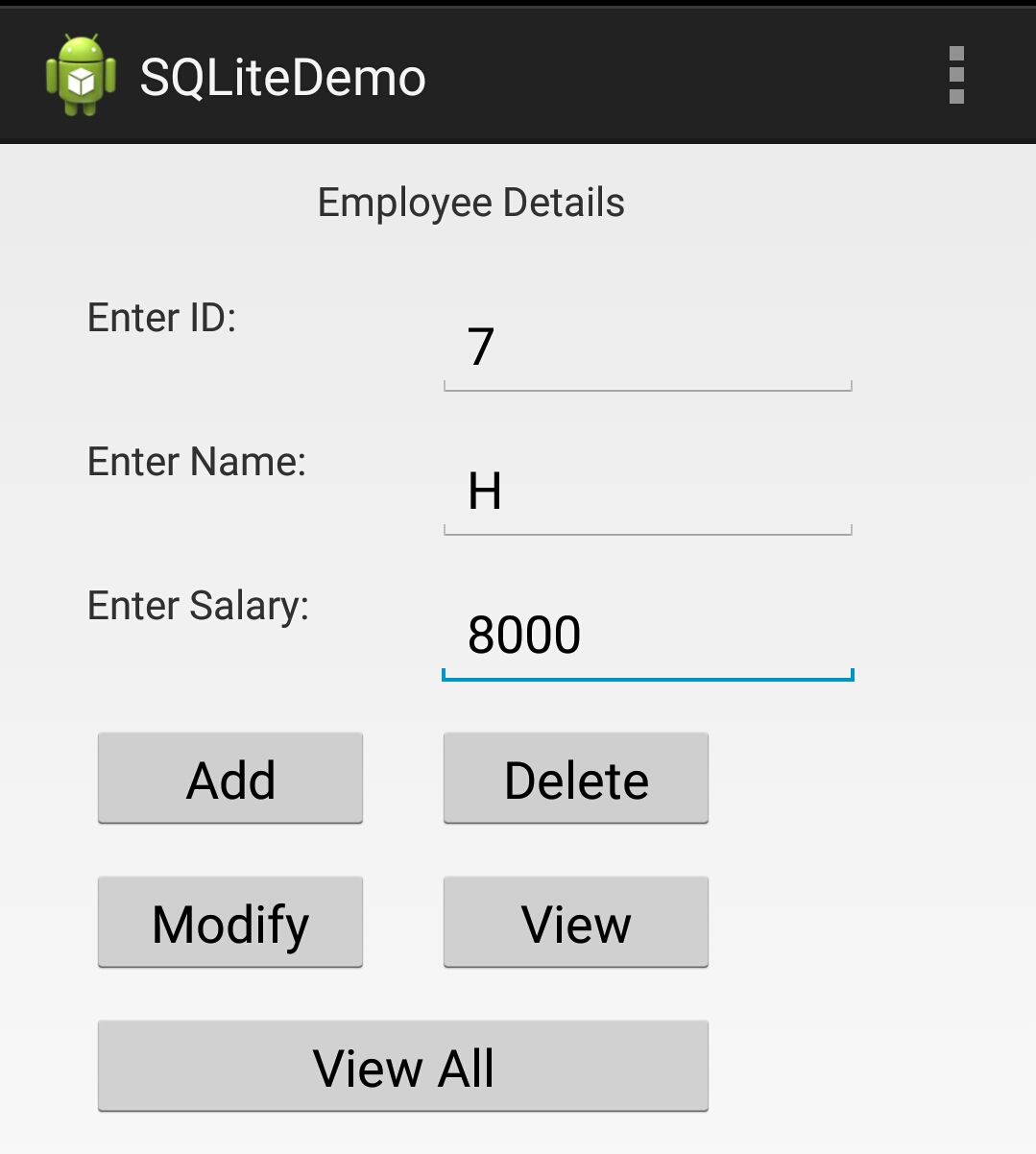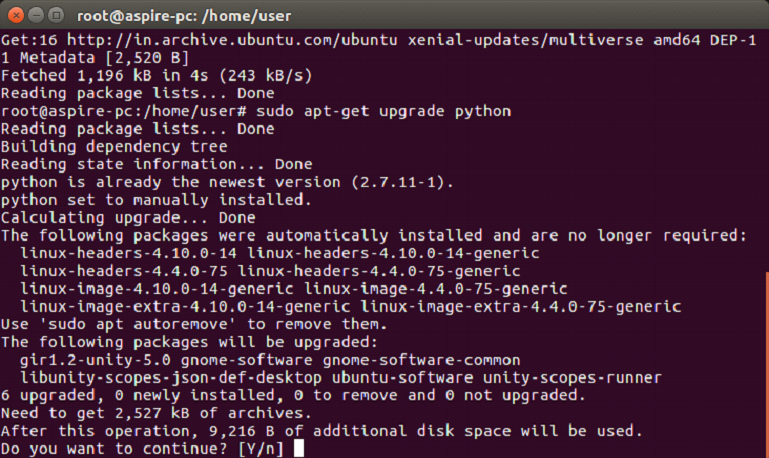

You should go through this section if this is the first time you have worked with SQLite. SQLite is an open-source, zero-configuration, self-contained, stand-alone, transaction relational database engine designed to be embedded into an application. This SQLite tutorial is designed for developers who want to use SQLite as the back-end database or to manage structured data in applications, including desktop, web, and mobile apps In this tutorial, you will learn SQLite step by step through extensive hands-on practice. Into your RStudio snippets file or in a personal “misc” package for quick-access to converting both kinds of Core Data timestamps into proper R POSIXct objects.This SQLite tutorial teaches you everything you need to know to start using SQLite effectively. No = as.POSIXct(x, origin = "") # seconds coredata Yes = as.POSIXct(x/10e8, origin = ""), # nanoseconds coredata You can even stick: from_coredata_ts = 10, # If you're still using R in 2317 then good on ya and edit this To see if you get a more “expected”/realistic value and know you’ve got a Core Data timestamp. But, if you’re not having luck using Excel date tricks, try transforming a sample timestamp with: as.POSIXct(sample_timestamp, origin = "") 2020 dates would start with 60, 61, 62, or 63 (and that should be sufficient for savvy searchers). If you come across one of these beasts (for 2019 dates they’ll likely start with either 56, 57, 58, 59 or 60 - enumerating them to make Google searches more able to pick up this post). The entire reason for this post (and, some of the needless verbosity) was to get this into the internet’s long-ish term memory stores (Google/Internet Archive) so others can reference it as well. Thanks to some fairly fast poking by it turns out these are Apple Cocoa Core Data timestamps.
Cocoa sqlite tutorial android#
Since I use an iOS mobile device (you should too, Android is security mess) I figured that meant it stored everything in on-device SQLite databases.Ī quick review of an immediate backup confirmed that this posit was correct and I started going crazy (as you’ll see in the aforelinked Twitter thread). But, that meant it store everything it needs locally to the app.
Cocoa sqlite tutorial serial number#
I ran the app through a local proxy server before using it in the field and it only phoned home to check serial number and get weather info, which meant there was no hidden API to capture and mimic to get access to mowing data. Given the lack of built-in sensors I figured this was just something kitchy but it’s not bad (they don’t do anything super-evil tracker-wise) and if you use it while mowing it tracks anything your mobile device can and will notify you for prescribed service events.
Cocoa sqlite tutorial manual#
We ended up getting a model from John Deere and the manual (yes, I actually read the manual) noted they had a Mower Plus app to track “things”. We’ve always haggled to keep the one sellers were using with any given house we’ve purchased over the years (that was big enough for a yard that “requires” a riding mower).

For the first time ever we got a new riding mower this weekend.


 0 kommentar(er)
0 kommentar(er)
